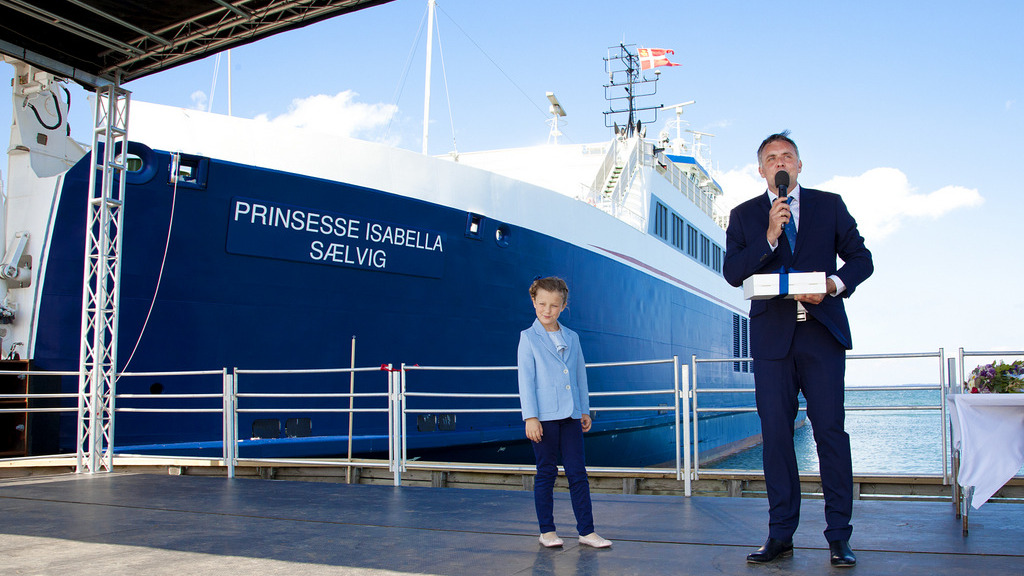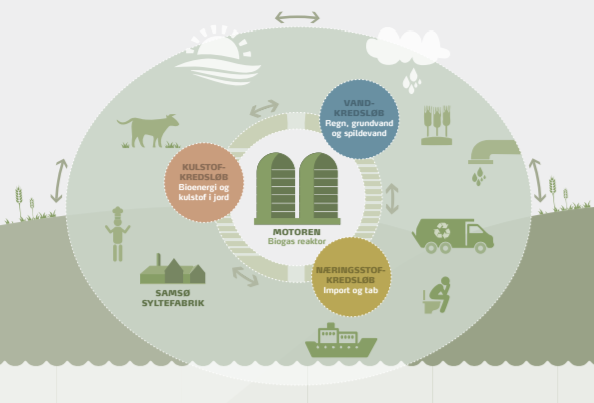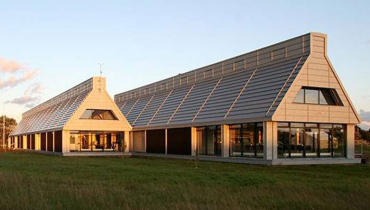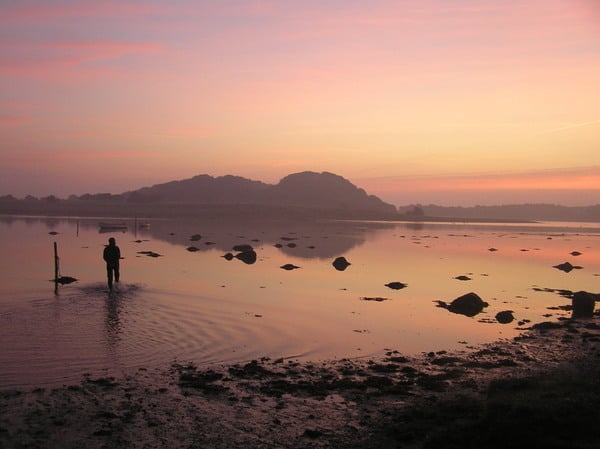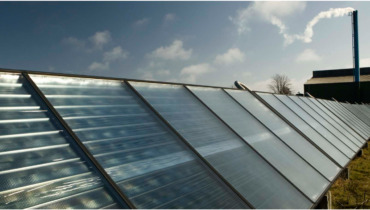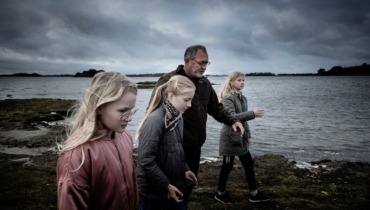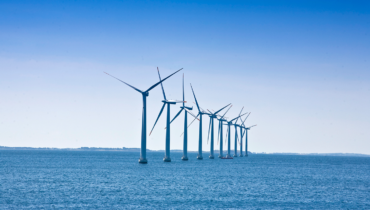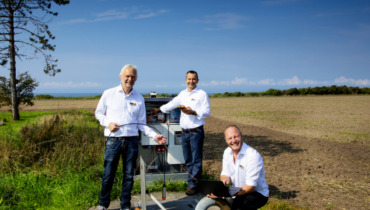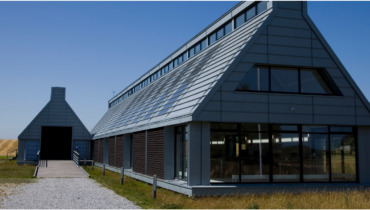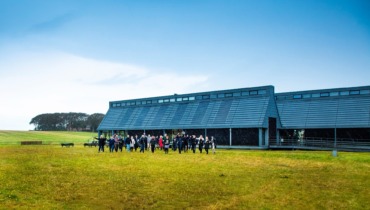When Waste Becomes an Important Part of the Island’s Circuit
In the coming years, Samsø will become a model community for the creation of an environmentally friendly circuit with a sustainable farming industry where even waste will be used to generate renewable energy
In the future, waste will not only be waste on Samsø. From now on, food scraps, such as waste crops and grass will play an important role when the Bio Community project unfolds. In brief, the idea of this project is that the island’s resources will be used over and over again as part of a large circuit with a minimum loss:
”We must improve our cultivation methods of nitrogen containing crops to prevent them from being absorbed into the atmosphere as CO2. In addition, we’ll have to eat more local produce and will transform our biowaste into fuel and fertilisers” says biologist Gunnar Hald Mikkelsen, a project manager at Biosamfund Samsø.
Local Gas for the Ferry
The most pivotal point of this project is a new biogas plant which, according to plan, will be completed in 2018 on Samsø. The plant can transform biowaste, such as scraps, plant residue, wastewater and slurry into renewable energy in the form of biogas. In the best circular style, this gas is to be used to power the ferry Prinsesse Isabella that runs between Samsø and Jutland. It is important that the “fodder” for the plant – and consequently the ferry – will come from the islanders’ own fields and dustbins if the aim is to have nominal power. Along with this, a side benefit of the biogas plant is that the entire quantity of “foodstuff” unused by the biogas plant for biogas production will be returned to the fields as fertilisers. Thus, creating a perfect circuit.
Three Pilot Projects in Operation
To begin with, Biosamfund Samsø will focus on three pilot projects, all of which will start in 2017. One project is focused on finding the perfect combination of nitrogen retaining crops, which can also supply quality fodder for the biogas plant. A second project will take place on the island’s golf course. All the grass cut from the well-kept golf greens will be sent to the biogas plant, which will transform it into biogas, returning as fertiliser to the golf course. The third project focuses on securing local fertilisers for an organic farm, partly by scattering composted garden waste over the field and partly by planting rows of red clover between the vegetables. The clover rows will later be mowed and immediately scattered over the vegetables as fertiliser.
Great Perspectives of Waste
As mentioned before, the great vision of the Biosamfund Samsø project is the creation of a circuit where the island’s resources are continuously recycled, and the island’s farming industry is reorganised into sustainable cultivation and waste, as a natural part of this process, enters into the circuit. Project manager Gunnar, however, is not convinced that Samsø will see a circuit revolution in the very near future.
”I have a feeling that many people on Samsø really want this to happen, but it would be unrealistic to believe that everything will happen at once. To begin with, we must focus on testing new cultivation methods and showing local farmers that it could be profitable to reorganise their method of farming. Then it will be about securing sufficient future fodder for the biogas plant to supply biogas for the ferry, which should come from waste water, household rubbish and waste products from the farming industry.”
In the long-term, there could be important perspectives in focusing on waste residual products, Gunnar says: ”Over time, it is feasible that a whole industry would be built up on Samsø for waste products and the valuable agents contained in them. For instance, we know that cabbages contain some agents effective against intestinal cancer. If it would be possible to extract such agents from cabbage waste, this waste could suddenly become of interest to the pharmaceutical industry.”
Last updated: 11/08/2020 14:18

